A velocity map of the sun surface acoustic waves: red regions
represent inward motions while blue regions
show outward motions
Mount Wilson Observatory
Diagnostics for the Solar Interior
The Sun, as well as other stars, releases energy in the form of radiation and
particles.
The processes that produce this energy are taking place in the
interior of the Sun,
where direct observations are not possible.
However by means of indirect methods it is
possible to determine what the nature of this energy source is likely to be.
Two of the most important diagnostics for the solar interior are
neutrino detection and the analysis of the sound
(compressional) waves that propagate
through the Sun
(
Helioseismology).
Neutrinos are produced in
the nuclear reactions that take place in
the core of the Sun.
From this information, it is possible to formulate theories about the
life cycle of the Sun and of
stars in general.
You might also be interested in:
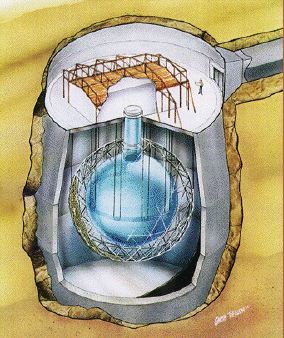
Neutrino interactions with matter are extremely rare, making detection difficult. Neutrino detectors are typically large tanks filled with a fluid that reacts to the passage of neutrinos. To take advantage
...more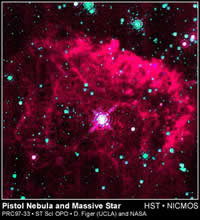
Fusion in the core of the stars is achieved when the density and temperature arising from the gravitational pressure are high enough. There are different fusion cycles that occur in different phases of
...more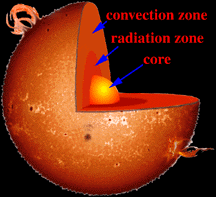
To understand how our Sun works, it helps to imagine that the interior of the Sun is made up of different layers, one inside the other. The innermost layer, the solar core, is the region where the energy
...more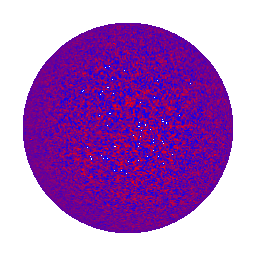
The Sun, as well as other stars, releases energy in the form of radiation and particles. The processes that produce this energy are taking place in the interior of the Sun, where direct observations are
...more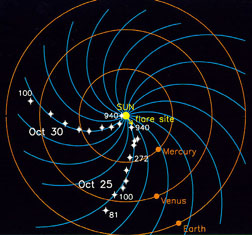
IMF stands for Interplanetary Magnetic Field. It is another name for the Sun's magnetic field. The Sun's magnetic field is enormous and is carried by the solar wind. The solar wind and magnetic field are
...more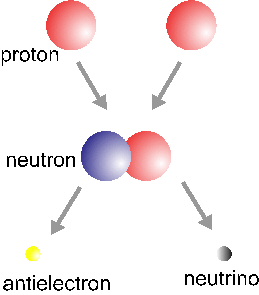
The basic Hydrogen fusion cycle involves four Hydrogen nuclei (protons) and two electrons and yields a Helium nucleus, two neutrinos and six photons. This process occurs in three steps: the first one is
...more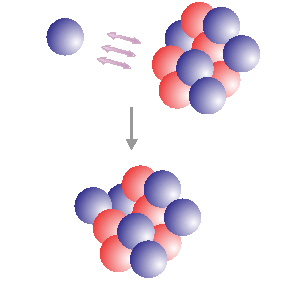
Neutron capture can occur when a neutron approaches a nucleus close enough for nuclear forces to be effective. The neutron is captured and forms a heavier isotope of the capturing element. When the new
...more
A Supernova is a very massive star that explodes at the end of its life cycle. The supernova is the furnace where the heavy elements (heavier than iron) are formed by neutron capture.
...more














